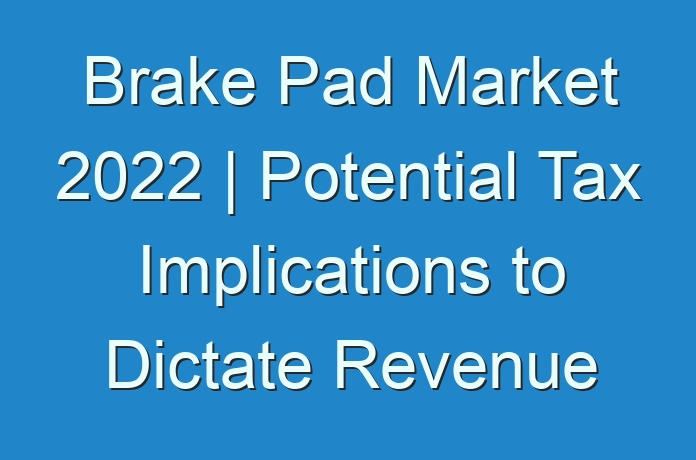
The COVID-19 crisis has led to disruptions in the automotive supply chains. Countries such as South Korea, China, and Japan have been worst hit due to the pandemic as a significant share of global auto manufacturing resides here. In order to tide over the challenges due to the coronavirus crisis, companies in the brake pad market are taking into account the potential tax and tariff implications of supplier changes to maintain business continuity. They are making considerations about vehicle design and materials to efficiently allocate budgets for production. This is expected to drive the brake pad market.
Request a sample to get extensive insights into the Brake Pad Market
Which is Better: Organic, Ceramic or Metallic Brake Pads?
The brake pad market is predicted to reach the valuation of US$ 5.6 Bn by 2030. Organic brake pads are found to produce less dust than metallic ones. However, heat-absorbing materials in organic brake pads lead to increased wear and tear of the brake pads. Low noise levels of ceramic brake pads are being highly publicized. However, high manufacturing costs of these brake pads are affecting market growth. Metallic brake pads deliver high performance in driving applications. However, they tend to create stress on the braking system. Such pros and cons help to balance out brake pad choices in the auto manufacturing sector, as per purchase decisions and budget of car owners.
To understand how our report can bring difference to your business strategy, Ask for a brochure
Heavy-duty Grade Brake Pads Gain Prominence in Off-road Vehicles
In order to gain a competitive edge in the brake pad market, manufacturers are engineering and testing brake pad materials to suit the driver’s needs. Companies are increasing their output capacities in premium and heavy-duty grade brake pads to cater to niche requirements of OEMs manufacturing off-road vehicles such as tractors and mining vehicles. Friction materials and formulas are becoming deciding factors for innovations in brake pads.
Read TMR Research Methodology at: https://www.transparencymarketresearch.com/methodology.html
Copper-free Friction Materials Capable of Minimizing Vehicle Emissions in Urban Areas
Companies in the brake pad market are becoming aware about vehicle emissions caused due to wearing out of disc brakes. Thus, manufacturers are increasing their R&D muscle to eliminate copper from brake pads to lower vehicle emissions. They are experimenting with copper-free friction materials to minimize vehicle emissions released in urban areas. This is found to benefit human and environment conditions. Apart from this, manufacturers are taking into consideration matched sets of rotors and brake pads to deliver durable and consistent performance in vehicles.
Read Our Latest Press Release:
- https://www.prnewswire.com/news-releases/affordability-and-beneficial-properties-to-serve-as-vital-growth-factors-for-construction-tape-market-during-forecast-period-of-2020-2030-tmr-301221294.html
- https://www.prnewswire.com/news-releases/global-higher-education-solutions-market-to-thrive-on-growing-popularity-of-cloud-computing-and-high-consumption-of-digital-content-tmr-301219732.html





